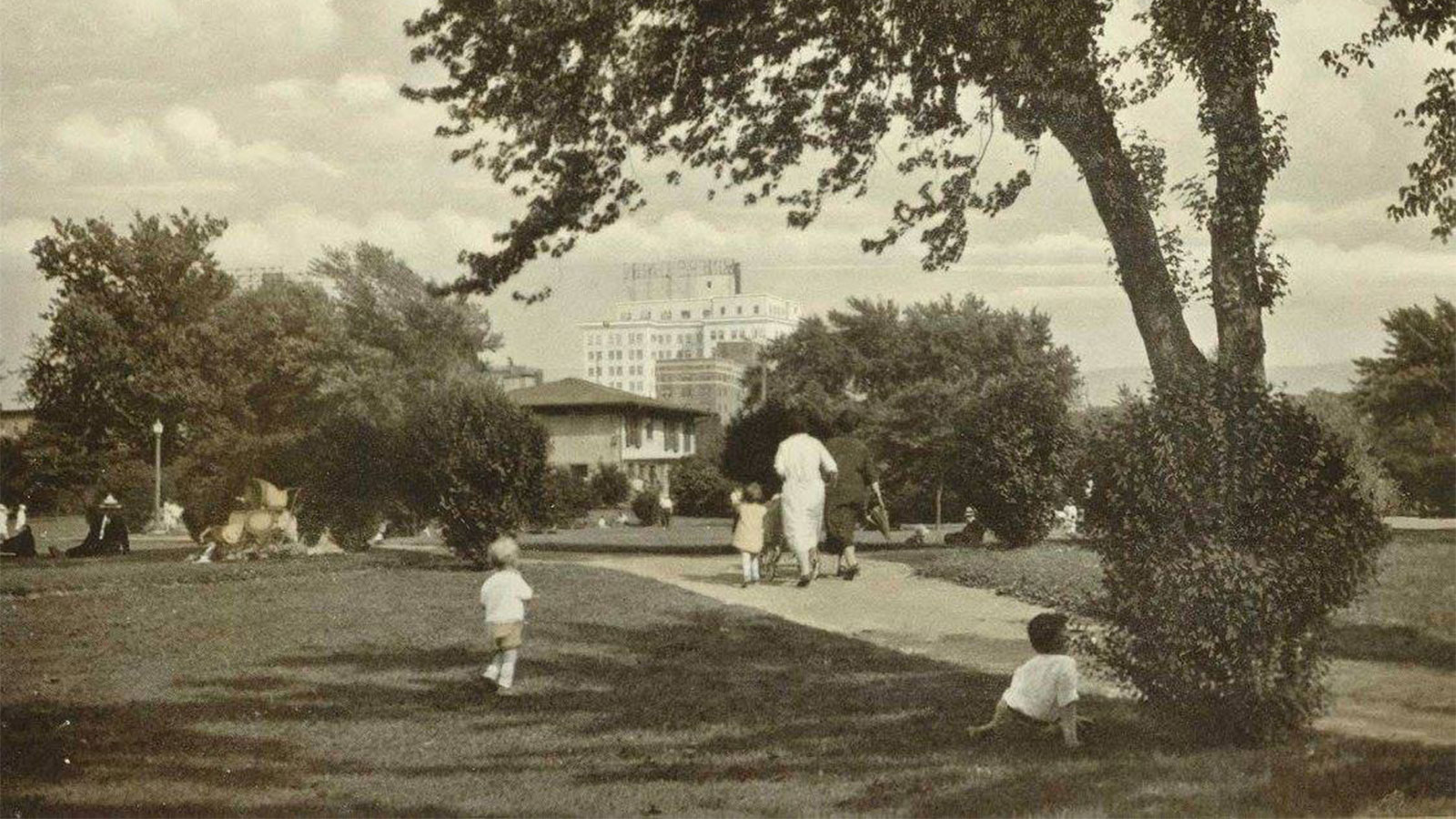On September 7, 2024, Kirby Park in Wilkes-Barre will celebrate its centennial birthday. In this 2-part series, we will look back at the park’s founding in 1924, it’s usage and evolution through the ensuing century and how it has become the beloved park we know today.
Looking Back – 100 Years at Kirby Park
Kirby Park opened to the public on June 4, 1924. The city hosted “Kirby Day” to commemorate both the opening of the beautiful, new park and to honor philanthropist and F.M Kirby & Co. 5 and 10-Cent Store founder, Fred Morgan Kirby. The park itself was a gift from Kirby and his family to the city where he got his start.

First, a note on the park’s namesake.
Fred Morgan Kirby came to Wilkes-Barre by way of Brooklyn and later Watertown, New York in 1884. At the time, the ambitious dry goods clerk with a few hundred dollars and a vision partnered with Charles Sumner Woolworth to create Wilkes-Barre’s first 5 and 10-Cent Store. The store, under young Kirby’s tutelage, eventually proved successful and inspired a rapid nation-wide expansion. By 1912, F.M. Kirby and Co. opened its 96th location and, in the same year, merged with F.W. Woolworth & Co. to create the largest variety store chain in the world.
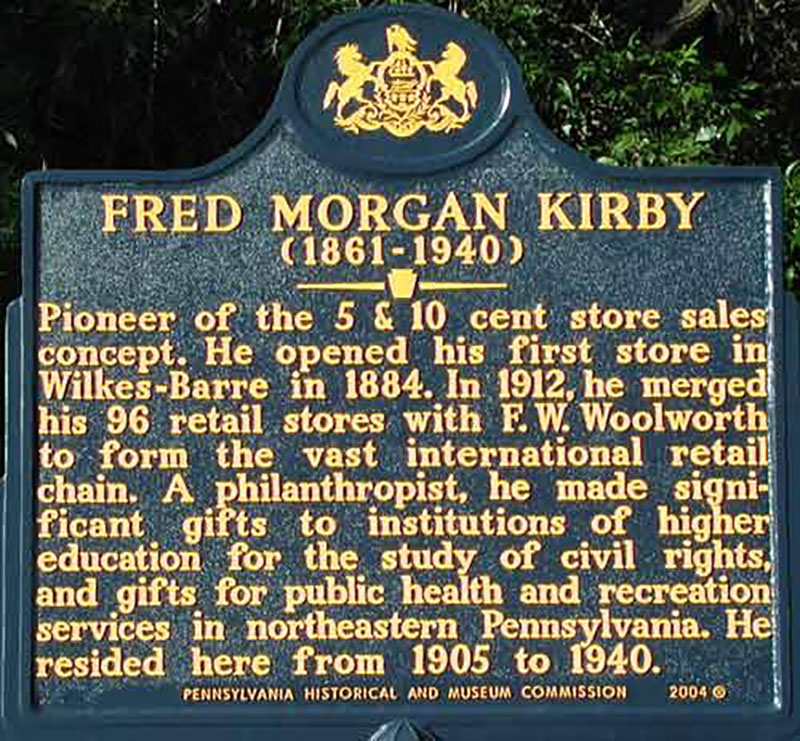
Even a small city can leave an indelible mark on a man.
Fred Morgan Kirby remained in Wilkes-Barre until his passing in 1940. And while he amassed great wealth and fame as a true business pioneer, he always remained a pragmatic and practical champion of the city and its people. In 1931, he created the F.M. Kirby Foundation to provide philanthropic support to city organizations, hospitals, churches and schools.
“The generosity of this family to our community is legendary,” says retired Wyoming Seminary history teacher, local historian and board member for the Irem Temple Restoration Project, Clark Switzer. “Since the Kirby Foundation was formed in 1931, the family has shared their immense resources to help build and support our community.”
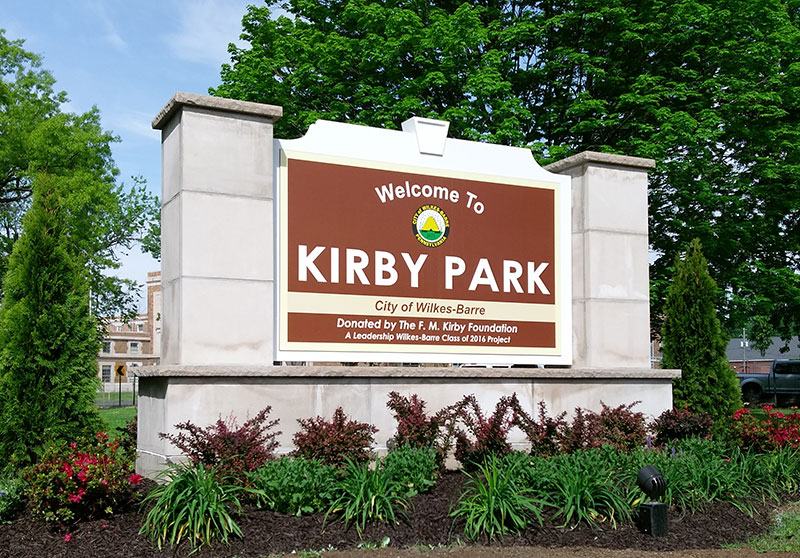
A legacy of giving back.
Today, the Kirby name can be found throughout Wilkes-Barre on notable buildings like the F.M. Kirby Center for the Performing Arts, Kirby Hall at Wilkes University and the A.E. Kirby Memorial Health Center (so named in honor of his mother). And perhaps most notably for any resident or visitor to the Wyoming Valley, the great entrepreneur and philanthropist’s legacy is memorialized at Kirby Park.
To this day, the F.M. Kirby Foundation and the Kirby family continues its generous support of the City of Wilkes-Barre and Kirby Park.
An Urban Escape

The history of the “urban park” in America is generally linked to the rapid growth of its cities in both population and geographical footprint.
The industrialization of the modern city from the mid-19th to the mid-20th centuries created massive population centers. And alongside that growth, a very basic need for clean air, regular recreation and socialization in nature became increasingly apparent. According to Switzer, “The obvious benefit to the community to play, walk and enjoy nature has always garnered the unwavering support of elected officials as well as the public.”
While people in bourgeoning cities like Wilkes-Barre and Scranton enjoyed modern convenience, they also came to require an escape from it. It wasn’t long before state and city governments, planning committees and philanthropic land owners caught on. To create open, green spaces for activity and gathering outside of factories and city streets was to perpetuate an improvement in everyone’s quality of life.
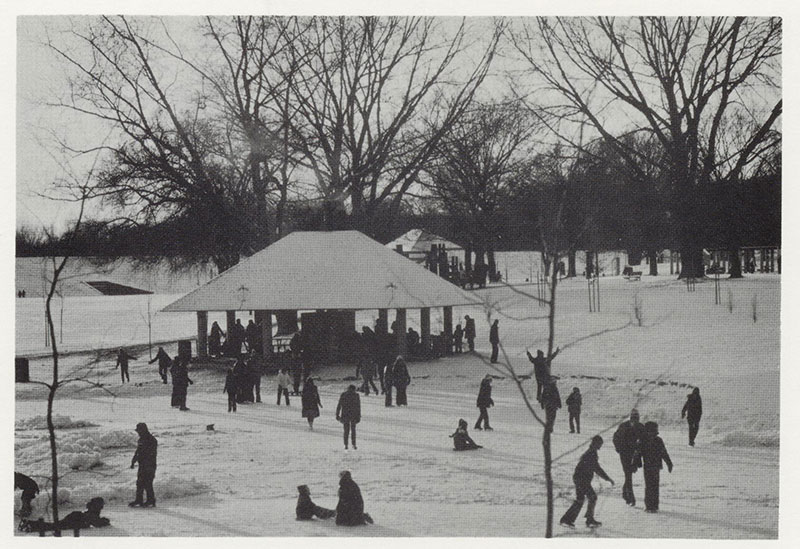
Rubbing elbows with some of the most popular parks in the world.
Soon, major endeavors like Manhattan’s Central Park (1876), L.A.’s Griffith Park (1896) and Forest Park in St. Louis (1876) became a fashionable phenomenon of the industrialized American city. And as Wilkes-Barre climbed those ranks, the efforts of city officials, Fred Morgan Kirby and Olmsted Brothers, one of the most-notable landscape architecture firms in the country, paid off. The result was one of Northeastern Pennsylvania’s most celebrated municipal green spaces – Kirby Park.
A gift. A vision. A park is born.
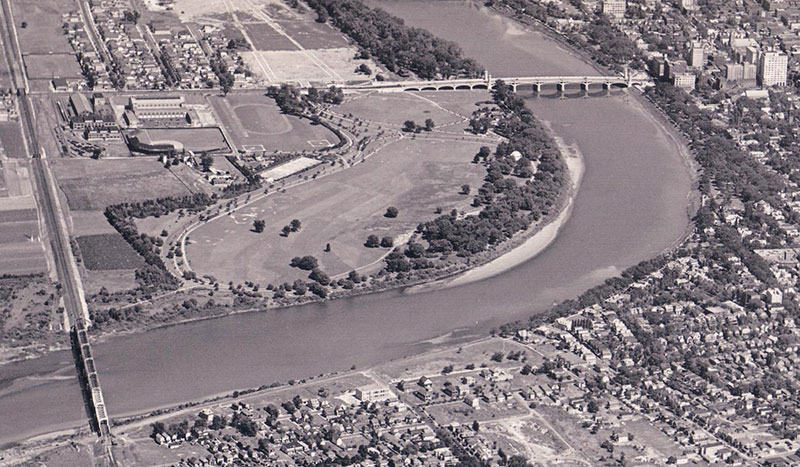
Wilkes-Barre would never be the same.
Since the turn of the 20th century, many in Wilkes-Barre had their sights set on creating a city park. It wasn’t until Fred Morgan Kirby donated of a major tract of land on the west bank of the Susquehanna River, that the vision became a reality. Kirby also followed up with a major monetary donation for development and maintenance of the proposed park.

Breaking ground.
In 1921, the plan was set in motion for the city to build a 106-acre park. Frederick Law Olmsted Jr. of the famous architectural landscape firm, Olmsted Brothers was called upon to design the park. Over half a century earlier, his father had laid out the plans for Central Park. The original Kirby Park design included a lavish, undulating meadow dotted with trees. There were walking and bridle paths, a wading pool and fountain and plenty of recreational fields on the perimeter. It included a WWI Memorial Grove, a bandstand, playgrounds and wooded areas along the river. The park was meant to be marveled at for its beauty about as much as it was meant to be utilized.
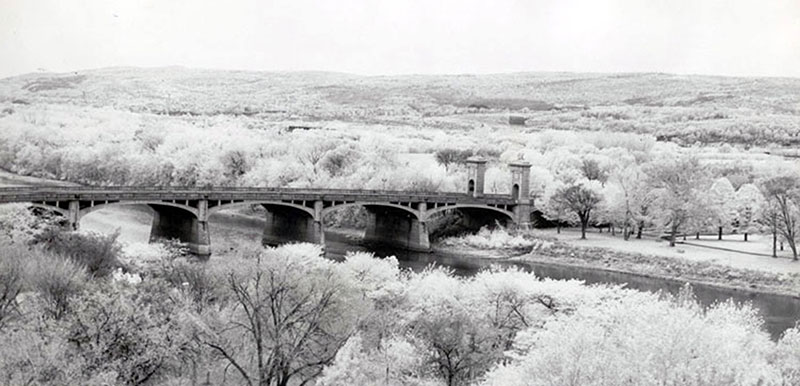
How to solve a problem like Susquehanna.
In terms of design, Kirby Park then, though twice the size, wasn’t laid out much differently than it is today. One major exception, however, was that the park butted right up to the river. This, of course subjected the relatively flat park to regular flooding. Foreseeing this, Olmsted originally drew up two separate designs. One included slight changes should a prospective levee system be put in place prior to the parks construction. The other plan did not include the levee and brought the park right up to the river’s edge. They broke ground in 1921 and completed construction three years later. It would be another twelve years before the first levee system was built.
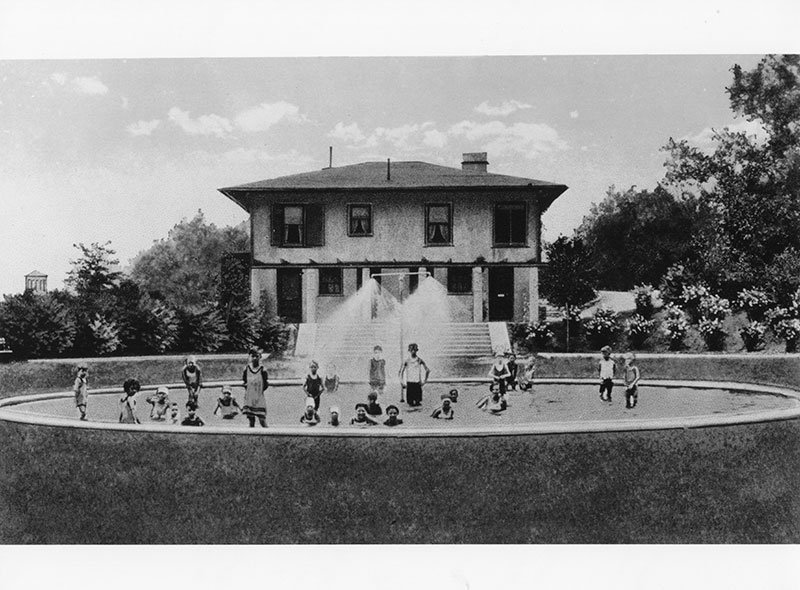
Flooding did cause some headaches.
Many of the amenities in Kirby Park’s original design were located within the area adjacent to the riverbank. In fact, you can still see remnants of the bandstand and wading pool along the Olmsted Trail. And, though not included in Olmsted’s original design, in the early 1930s the park added a rather substantial zoo to the very same area. Eventually, the flooding created too much of a maintenance problem for the low-lying area of the park. And in 1936, the levee was raised, cutting the park off from most of its riverfront amenities and reducing the footprint to 52 acres.
Kirby Day

The park opens. A century of memories follows.
After three years of construction, digging, grading, planting and chasing away a rising river, Kirby Park opens to great fanfare. It was June 4, 1924. “If you attended on the first day, the views were uninterrupted by a dike and offered a serene setting to walk or picnic,” Switzer said. “The iron Market Street Bridge led the way for many to leave the city and walk or ride to the new setting.” He adds, “It was seen as a real jewel in the crown of Wilkes-Barre.”
It is believed that over 50,000 people from near and far attended the event. There were veteran’s organizations, bands, school children parading, athletic exhibitions, games and even people riding horses. All of the most prominent local dignitaries clamored for front row seats at the opening ceremony.
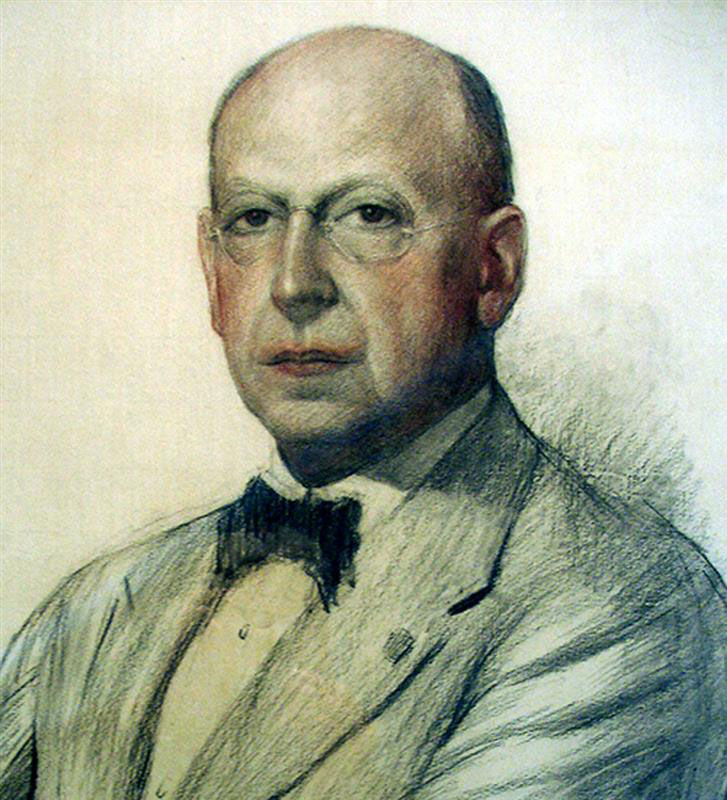
It was a celebration worthy of the great effort in bringing the park to fruition.
And right there, in the middle of it all, sat 63-year-old Fred Morgan Kirby – his joy and contentment betrayed a little by his customary solemnity. Little did he know then that over every single year of the ensuing century, Kirby Park would welcome hundreds of thousands of happy visitors. Or that every child’s smile, every happy pup, every burst of firework in some grown up’s teary eye, every lunch break walk, the crack of every bat, every step along the trail and every deep breath of fresh air within the borders of this 52-acre slice of heaven on earth was a quiet thank you.
Mr. Fred Morgan Kirby would enjoy the park for another 16 years until his passing on October 16, 1940.
Kirby Park 100th Anniversary Celebration
Head to Kirby Park in Wilkes-Barre as the city proudly presents a “modern Kirby Day” celebration in honor of the park’s founding 100 years ago. The event will feature food vendors, live music, face painting, a petting zoo, children’s rides, a performance by the NEPA Philharmonic and fireworks. Wilkes-Barre Mayor George C. Brown and a Kirby Family representative will also offer remarks at 5 p.m.
When: Saturday, September 7, 2024
Time: 12 p.m. — 9 p.m.

Featured image (top) courtesy of Wilkes-Barre Preservation Society.

